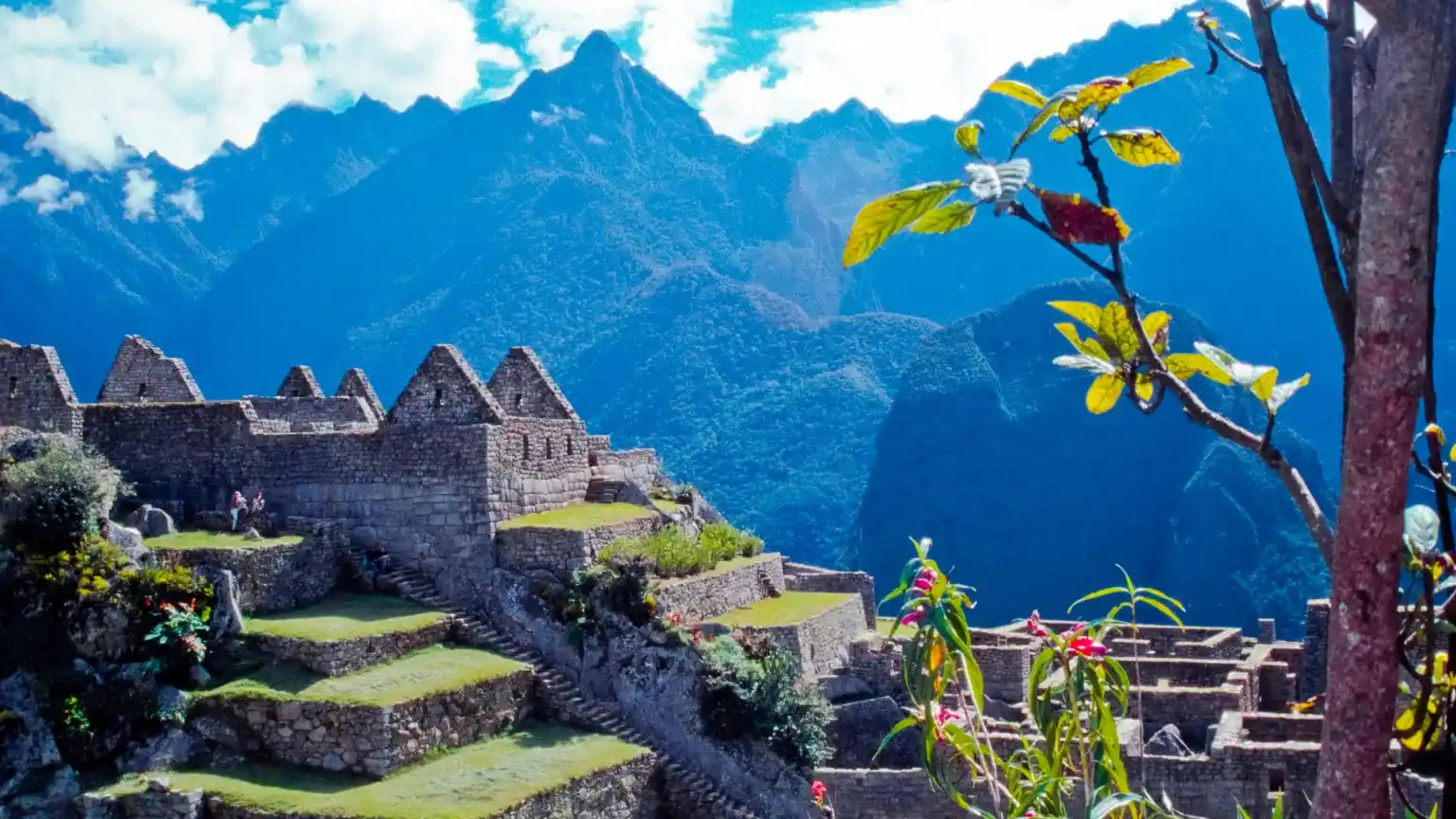
Welcome to a once-in-a-lifetime adventure: the journey along the legendary Inca Trail to the majestic citadel of Machu Picchu . In this blog, you’ll delve into the ancient history of the Incas as you explore the ancient trails that wind through the stunning landscapes of the Peruvian Andes. From preparation tips to highlights along the way, here you’ll find everything you need to plan your own journey to this wonder of the world.
Planning ahead: The Inca Trail is one of the most popular hiking routes in the world and requires careful planning. Make sure to book your permits several months in advance, especially if you plan to travel during the peak season between May and September.
Fitness: This trek involves walking long distances and facing varied terrains, from steep stairs to rocky trails. It is essential to be physically fit to fully enjoy the trip. Take regular walks and practice endurance exercises to prepare your body for the challenge.
Pack smart: Carry only the essentials with you to keep your backpack light. Some important items include comfortable and sturdy clothing, proper trekking footwear, sunscreen, insect repellent, a flashlight, a reusable water bottle, and a camera to capture memorable moments.
This is the starting point of the Inca Trail and a perfect place to immerse yourself in the ancient history of the Incas. Here you will find agricultural terraces, ceremonial plazas and stone houses dating back to the time of the Inca Empire.
Patallaqta is an important archaeological center located in the Sacred Valley of the Incas , near the Inca Trail that leads to Machu Picchu , in Peru. This site is notable for its historical significance and well-preserved architecture. Built by the Incas, Patallaqta was a strategic point in the network of roads that connected various parts of the vast Inca Empire.
7Its structures include agricultural terraces, dwellings, plazas and ceremonial enclosures, evidencing its function as an administrative, military and religious centre. Patallaqta ‘s location offers impressive views of the surrounding mountainous landscape, suggesting its importance as a control and surveillance point in the region.
Today, visitors can explore this archaeological site, marvel at its engineering, and learn about the rich history of the Incas as they walk through its ancient streets and structures.
This is the highest point on the trail, located more than 4,000 meters above sea level. Despite the physical challenge, the view from the top is absolutely stunning, with panoramas of snow-capped mountains and deep valleys.
The Warmiwañusca Pass , also known as the Dead Woman’s Pass , is a crucial point on the famous Inca Trail to Machu Picchu , in Peru. Located at an altitude of approximately 4,200 meters above sea level, this pass is at the highest and most challenging section of the trail. Its name in Quechua, Warmiwañusca, means “Dead Woman’s Pass”, a reference to the shape of a mountain resembling a woman supposedly lying at rest.
The Abra de Warmiwañusca is known for its arduous ascent and steep descent, making it a physical challenge for hikers trekking the Inca Trail. However, once travelers get past this point, they are rewarded with spectacular views of the snow-capped peaks of the Andes and the natural beauty surrounding the route. In addition to its geographic and scenic significance, the Abra de Warmiwañusca is a tangible reminder of the ingenuity and resilience of the ancient Incas, who built this network of roads as a vital artery of their empire.
Runkurakay and Sayacmarca are two significant archaeological sites located along the famous Inca Trail in Peru , which connects Cusco to Machu Picchu .
Runkurakay, meaning “round wheel” in Quechua, is a circular structure that served as a lookout post and shelter for travelers along the Inca Trail. This circular construction, with well-preserved stone walls, offers stunning panoramic views of the surrounding valleys and mountains.
Sayacmarca, on the other hand, translates to “inaccessible village” in Quechua. This ancient citadel is located in a strategic location on top of a hill, which made it almost inaccessible to intruders. Sayacmarca is made up of a series of terraces, plazas, and ceremonial structures, suggesting that it may have been an important religious and administrative center during the Inca period.
Both sites offer a fascinating window into the life and engineering of the ancient Incas, as well as stunning views of the natural beauty of the Peruvian Andes.
This is the final point of the Inca Trail before reaching Machu Picchu . From here, you will have your first breathtaking view of the citadel nestled in the mountains, an experience that will take your breath away.
Inti Punku , known as the “Sun Gate”, is an archaeological site at Machu Picchu . It is located on a hilltop, marking the main entrance to the Inca citadel. From this point the monumental stone structure was possibly a ceremonial control and observation point.
From Inti Punku, you can enjoy a breathtaking view of Machu Picchu and the surrounding mountain peaks. The gate also has an astronomical significance, as it is aligned with the rising sun during the winter solstice. For the Incas, this alignment could have had religious and agricultural connotations.
Today, Inti Punku is a popular destination for hikers Hiking the Inca Trail to Machu Picchu , offering an iconic view and a tangible connection to the grandeur of the Inca civilization.
The Inca Trail is much more than just a simple trek; it is a transformative experience that connects you with the history, nature and culture of the Incas. With proper preparation and an open mind, this adventure will become an unforgettable journey that will leave you with memories for a lifetime. Get ready to walk in the footsteps of the ancient Incas and discover the magic of Machu Picchu!







¡Ahorra hasta un 20% en tours! Obtenga acceso exclusivo a ofertas exclusivas para miembros por correo electrónico.